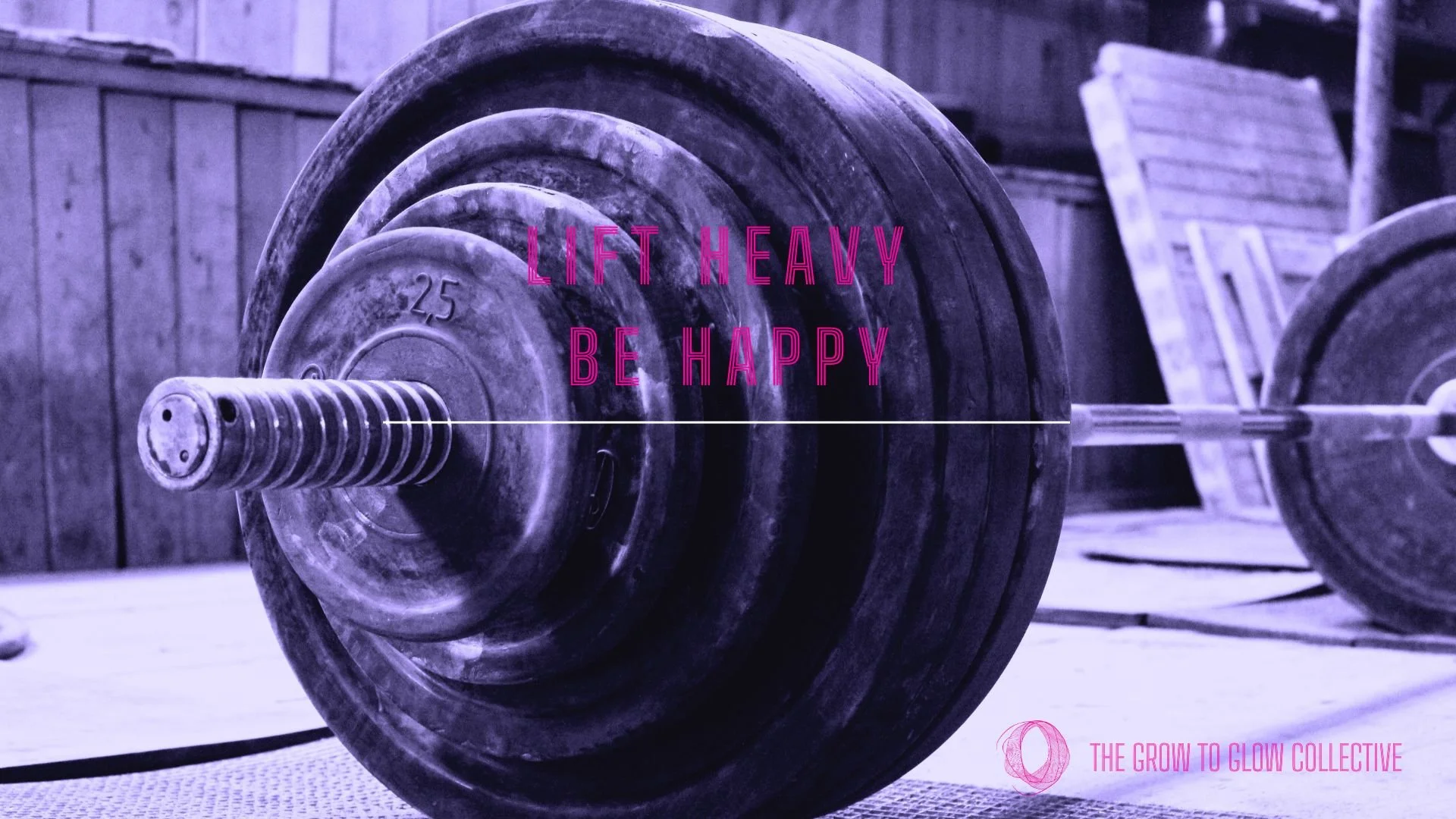Strength Training for Women 35+: How to Begin Without Feeling Lost
You’re not imagining it: after 35, your body starts to change. Muscle mass naturally declines, metabolism slows, and your joints and bones need more support. But this isn’t a sign to slow down — it’s your cue to build strength.
The problem? Many women feel lost in the weight area or worry they’ll get injured. The good news is you can start safely, even if you’re a complete beginner. Here’s how to step into strength training with confidence.
Why Strength Training Matters More After 35
Muscle is your midlife power asset. It keeps your metabolism humming, supports hormone balance, and boosts everyday energy.
Stronger bones = more freedom. Strength training increases bone density, reducing your risk of fractures and osteoporosis.
Confidence multiplies. Feeling your own strength translates into more presence in every area of life.
Shift the Mindset: From “Burn Calories” to “Build Strength”
Most fitness advice still focuses on shrinking, burning, or restricting. But in midlife, that approach backfires. When you focus on building — muscle, energy, capacity — you create a system that works for your body instead of against it.
The Basics of Getting Started
1. Start Light and Progress Gradually.
Begin with bodyweight, bands, or light dumbbells. The goal is to learn proper form first, then gradually increase weight.
2. Learn Proper Form.
Consider working with me, hire a coach or following reputable tutorials. Good form protects your joints, builds confidence, and helps you progress safely.
3. Focus on Compound Movements.
Choose movements that work multiple muscles at once:
Squat pattern (bodyweight squat, goblet squat)
Push pattern (push-ups, dumbbell press)
Hinge pattern (hip hinge, Romanian deadlift)
Pull pattern (rows, band pulls)
Core (planks, dead bugs)
A Simple Beginner Routine
Do 2–3 sessions per week. Warm up for 5 minutes. Then try:
2 sets of 8–12 reps: Squat variation
2 sets of 8–12 reps: Push variation
2 sets of 8–12 reps: Hinge variation
2 sets of 8–12 reps: Pull variation
30–60 seconds: Core hold (plank or dead bug)
(Rest 45–60 seconds between sets.)
Recovery & Nutrition
Sleep & Rest Days: Your body rebuilds muscle when you rest.
Protein: Aim for at least 25–35 g per meal to support repair and growth.
Micro-Recovery: Walk, stretch, or breathe deeply on non-training days.
Common Mistakes to Avoid
Going too heavy too soon.
Doing random workouts without progression.
Ignoring recovery and nutrition.
Inside the Grow to Glow Collective
This is exactly how I coach my clients: mindset first, then strength, then lifestyle. You’ll learn proper form, progress safely, and get the confidence to train anywhere — no complicated equipment required.
Your Next Step
Pick one movement from above and try it twice this week. Notice how your body responds. When you’re ready for a clear, supportive plan, download my Glow Map Mini-Assessment or join my Glow Notes newsletter for weekly tips.
